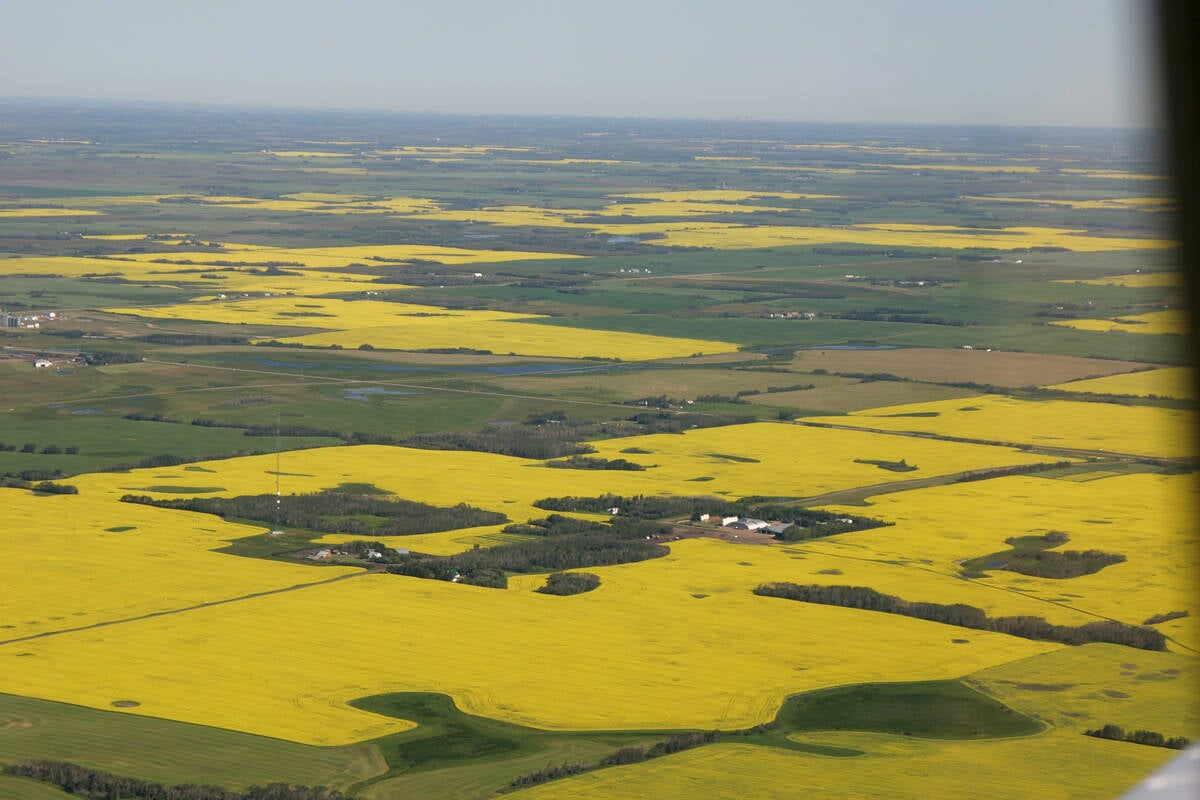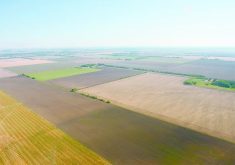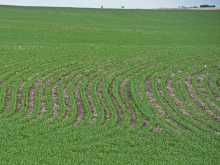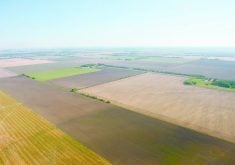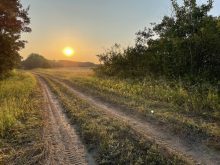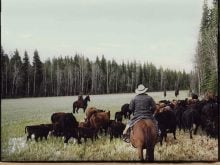SASKATOON — Investors are driving up farmland values across Canada and preventing young farmers from gaining a foothold in the business, says a major accounting firm.
Yves Millette, chief executive officer of Farm Business Consultants, a tax and financial services advisory company with more than 20,000 farm customers, said it has become a big problem.
“Ultimately what we see is potential decline in rural viability,” he said.
Read Also
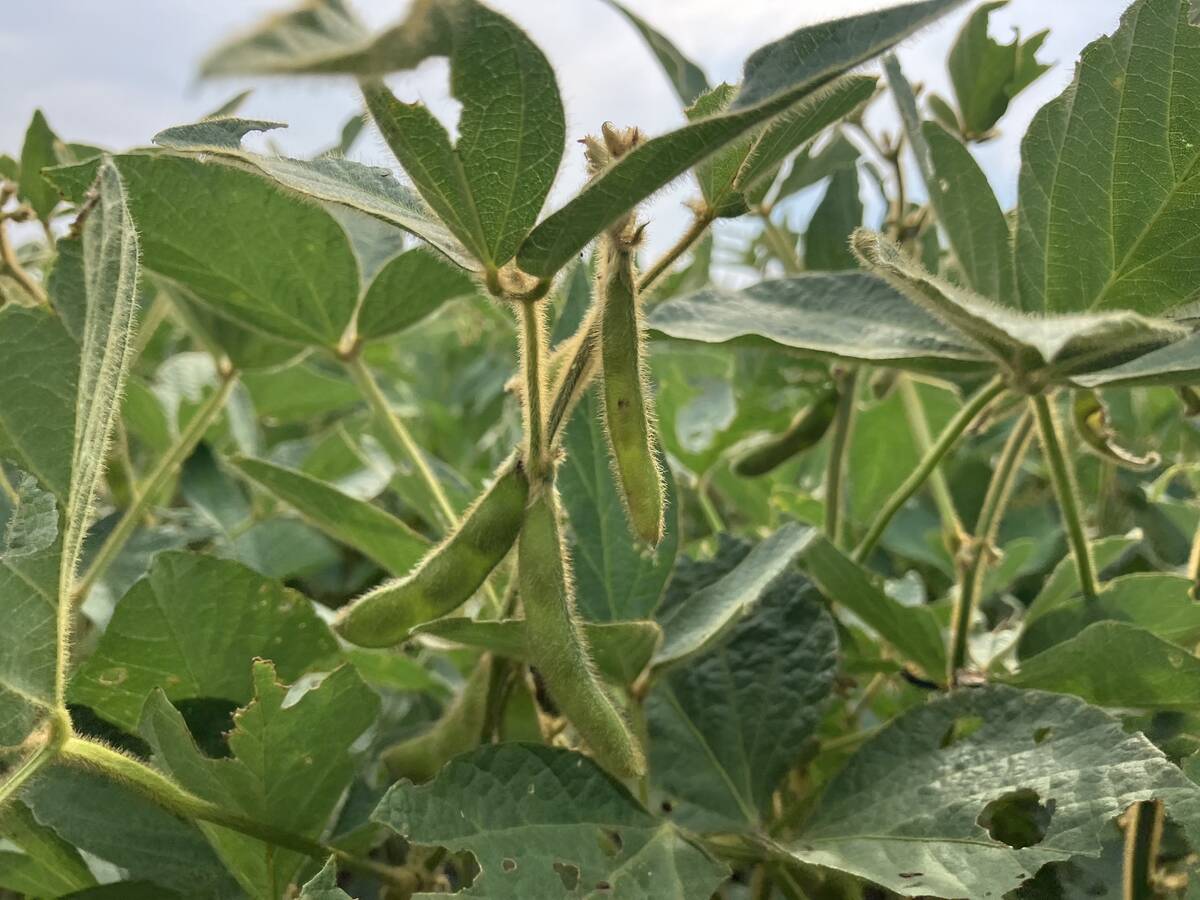
Soybean market still figuring out implications of China-U.S. pact
Soybean futures had a muted reaction to the U.S. trade deal with China as the market tries to figure out the nuances of the deal.
The company estimates that nine to 15 percent of all farmland transactions involve investors or “non-farming buyers,” depending on the province.
Robert Andjelic is Canada’s largest farmland investor. He owns approximately 250,000 acres.
He questioned Millette’s numbers, speculating that he must be including retired farmers.
He recalls a University of Manitoba study from six or seven years ago that determined “pure investors” own slightly less than two percent of Canada’s farmland.
“(Two) percent cannot sway any market, it doesn’t matter if it’s the stock market, farmland, gold or whatever,” said Andjelic.
“The main driving force behind rising prices is the farmers themselves.”
Millette said farmland is a “precious commodity” for investors because it is a finite resource. It is a safe, appreciating asset with stable long-term returns.
However, that extra demand from the investment community is jacking up land values, making it difficult for young farmers to get into the business and existing ones to expand their operations.
Saskatchewan’s farmland values increased by 13.1 per cent in 2024, according to a recent Farm Credit Canada report. That is slightly below the 15.7 per cent rise the previous year and 14.2 per cent in 2022.
Values are up 300 to 500 per cent dating back to 2007.
“That is astronomical,” said Millette.
“A lot of that is the outside capital.”
Andjelic said the price he pays for land is determined by the rate of return he needs.
For instance, if he wants to charge rent of $120 per acre and needs a four per cent annual rate of return, he can afford to pay $3,000 per acre.
A farmer who has a quarter section of land adjacent to the parcel for sale might be willing to pay a lot more if it means he doesn’t have to drive 50 kilometres to farm the land.
He agrees that the price of farmland is a barrier to entry for young farmers, but it has always been that way.
“Agriculture is a very capital-intensive business, and there is no easy start,” said Andjelic.
He suggests that young farmers rent land at first because it is a lot cheaper than buying.
Good farmland sells for about $4,000 per acre these days. If a farmer secures a bank loan with a five per cent interest rate, the interest will cost him $200 per acre.
Andjelic often rents out land for $100 to $120 per acre. The farmer can use the extra $80 to $100 per acre to build up capital and eventually buy some land.
He tries not to compete with local farmers buying smaller parcels of land, focusing instead on the 3,000 to 6,000 acre plots. The last four packages he purchased were all 6,500 acres.
Millette said there are some loan programs for young farmers, but access to capital is generally scarce, and when they can secure a loan, the payments are so large that they don’t allow the farmer to generate a reasonable return on the land.
Millette believes federal and provincial governments need to take action to prevent the further concentration of land ownership.
He thinks they need to consider providing tax incentives for inter-generational land transfers.
They should devise better ways of dealing with capital gains other than selling land and giving half the proceeds back to the government.
“I think that is criminal,” said Millette.
There should be tax incentives for active farmers versus passive investors.
Millette would like to see more financing programs for new farmers, shared ownership models and land trusts.
“The governments could be a lot friendlier when it comes to that,” he said.
He thinks governments should provide support for farmers seeking professional advice regarding transition planning.
As well, they should cap foreign ownership because land, water and minerals are precious resources.
Andjelic bristles when he hears that because the three Prairie provinces already have strict rules in place regarding foreign ownership.
He thinks the best advice to young farmers is to slowly build capital by renting farmland and then start acquiring, which is the way he eventually amassed 250,000 acres.
That land provides a tangible hedge against what he feels is a looming “severe recession” that will be combined with inflation. It is one of those rare assets that continue to appreciate during periods of stagflation.


